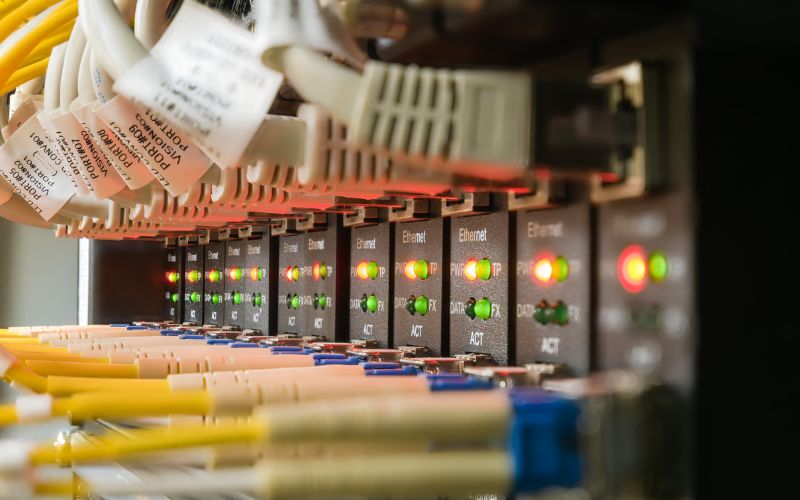
The LAN cable you choose can significantly impact the performance and efficiency of your network. Two of the most common types of Ethernet cables are CAT5e and CAT6. While both serve the fundamental purpose of connecting various network devices, they differ in several key aspects, such as bandwidth, speed, thickness, shielding, and cost.
We’ll shed light on the differences between CAT5e and CAT6 LAN cables and offer a clear comparison to help you make an informed decision for your networking needs.
Bandwidth for Data Transfer
Bandwidth is a critical factor in network performance. It determines how much data can pass through the cable at any given time.
CAT5e cables can support bandwidths up to 100 MHz, making them suitable for most home and office networks. Meanwhile, CAT6 cables support bandwidths up to 250 MHz. The increased bandwidth capacity makes CAT6 cables more adept at handling the demands of intensive data transfer and high-speed Internet connections.
Speed Advantage
CAT5e and CAT6 cables provide substantial data transfer rates. However, CAT6 cables have the speed advantage.
CAT5e cables can support speeds up to 1 Gbps at lengths up to 100 meters. This transfer rate is sufficient for general Internet use and file share.
CAT6 cables can achieve speeds up to 10 Gbps over shorter distances (up to 55 meters). This increase in speed makes them the preferred choice for environments requiring high-speed data transfer and streaming of high-definition video content.
Thickness and Shielding of the Cables
Physical construction also differentiates CAT5e from CAT6 cables. The latter typically have a thicker sheath compared to the former. The thicker sheath reduces crosstalk (interference between the wires within the cable) and provides better signal quality.
Furthermore, CAT6 cables often have improved shielding for protection against external interference and data transmission reliability.
Visual Differences
Identifying CAT5e and CAT6 cables is straightforward if you know what to look for.
CAT6 cables generally have a thicker outer jacket and may also have a spline (a cross-shaped structure) inside the cable to separate pairs of wires, reducing crosstalk. The print along the cable’s length can also help, as it typically indicates the category and performance specifications.
Cost Comparison
CAT6 cables are generally more expensive than CAT5e cables due to their enhanced performance capabilities, better construction, and higher bandwidth support. However, the price difference has narrowed over the years, making CAT6 viable for anyone seeking great performance without significantly high costs.
Understanding the differences between CAT5e and CAT6 LAN cables is crucial for protecting your network’s stability and performance. If you’re looking to organize and manage your network cables, investing in a Titan cable management rack from AMCO Enclosures can help you establish a tidy and efficient network setup.
